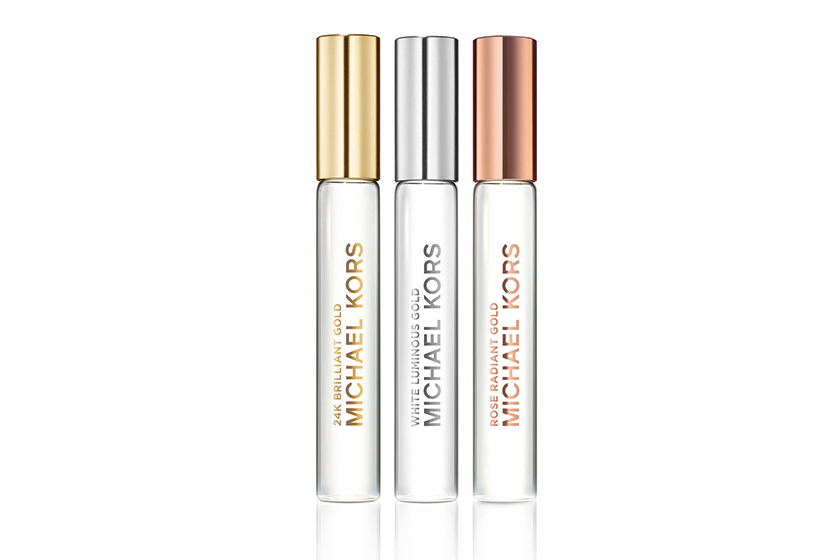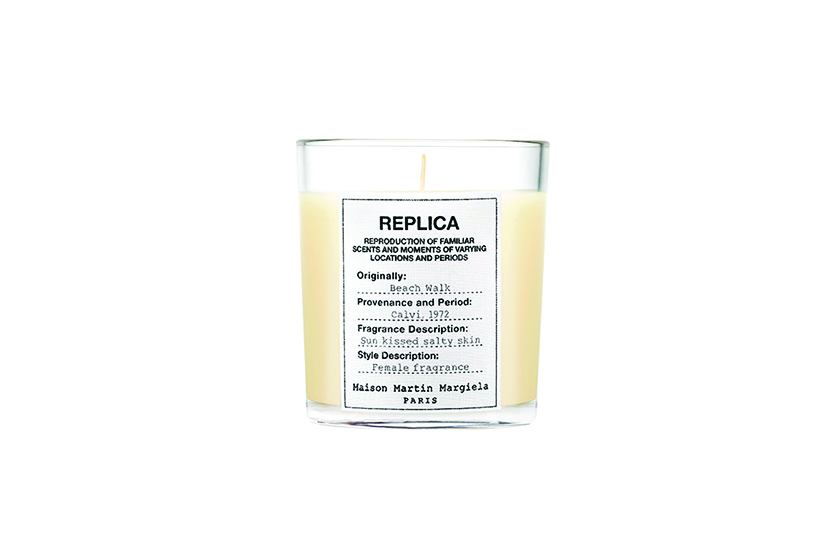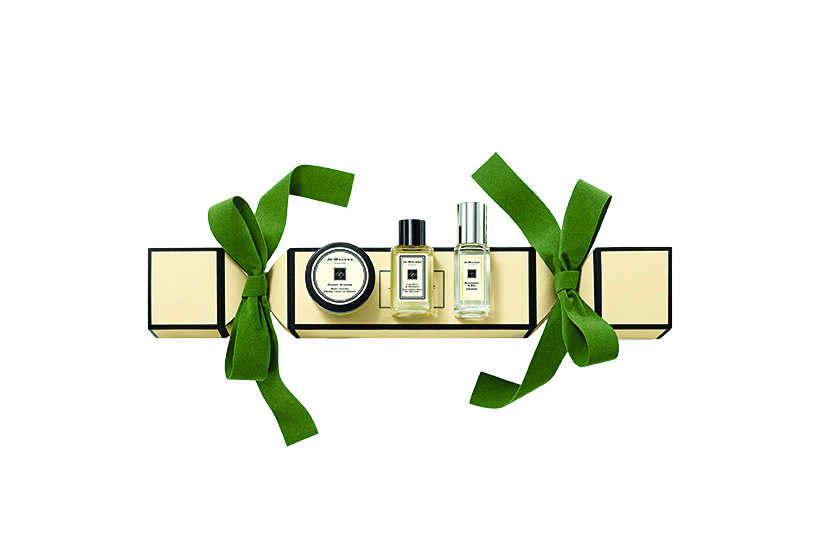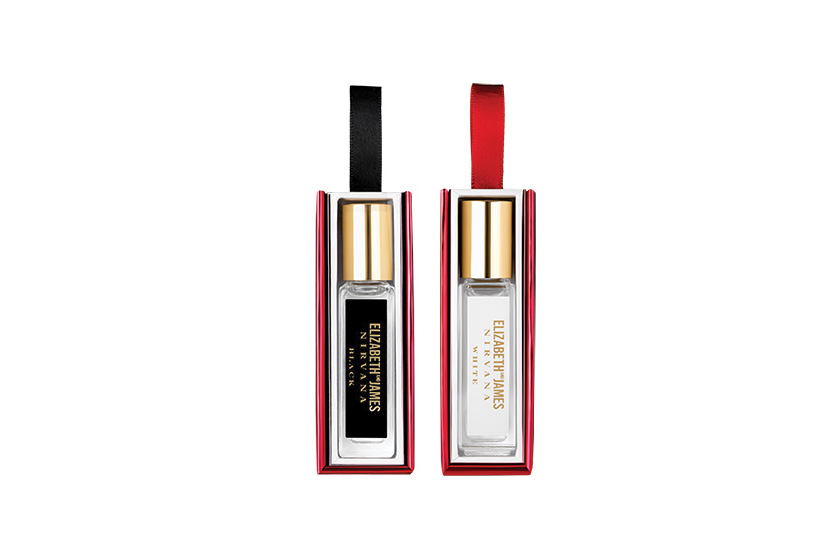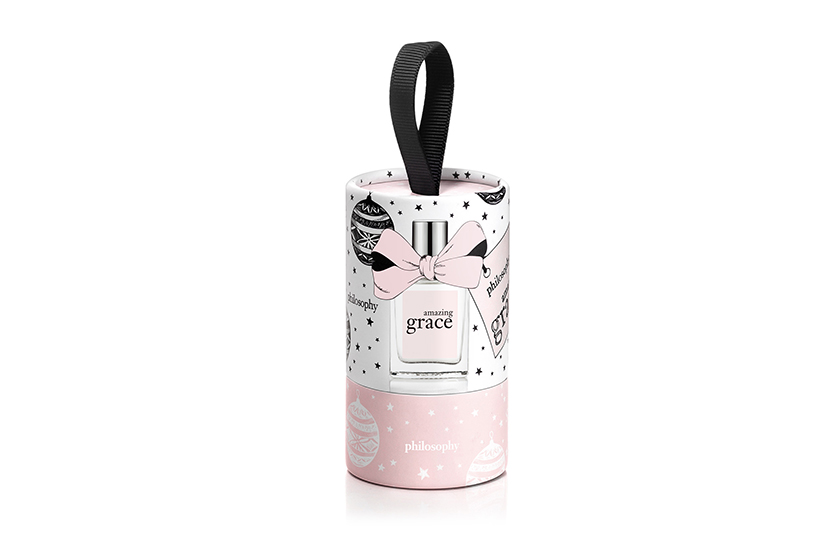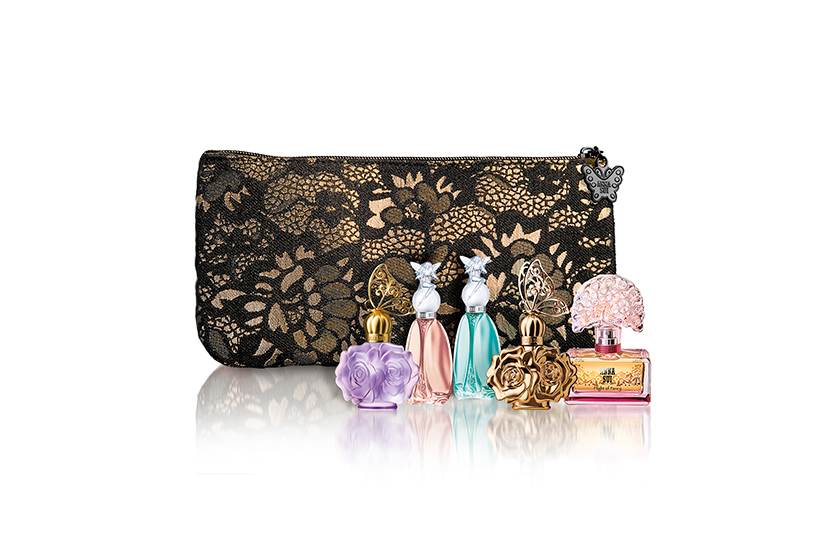Beauty School: How to Sell Fragrance
Perfume is always a holiday hot-seller, but buying one for someone else is daunting. Here’s how to help your clients find the right fragrance for hard-to-please loved ones
Consumers are bombarded by fragrance promotions this time of year, and with good reason. According to Statistics Canada, sales of cosmetics and fragrances topped out around $365 million during the 2014 holiday season—approximately 60 percent more than the sum spent on jewellery and watches in the same time frame. But buying perfume based on other people’s preferences isn’t always easy. (Nor is navigating this overwhelmingly vast product category, which sees an estimated 2,000 new launches worldwide each year.) So we asked fragrance sales and marketing experts for insider tips on guiding your customers through this tricky purchase. Here’s their best buying advice for four distinct types:
THE STAUNCH LOYALIST
Those who have been forever faithful to one signature scent generally turn up their noses at novel options. So by definition, flankers—spinoffs of popular perfumes that are different enough to be collectible, but not unrecognizable—are a logical alternative. Sara Barberio, senior merchant of fragrance at Sephora Canada, also recommends giving companion items, like bath and body products or candles, in their tried-and-true fragrance. “It’s foolproof,” she says. “If [they] already know what he or she likes, that’s half the battle.” Limited-edition or seasonal packaging also makes for a prized collector’s item among fragrance devotees.
THE SHREWD MILLENNIAL
Select an eau with a strong identity for someone in this highly informed, hyper-connected generation. “This consumer wants to know who designed the fragrance, the story behind it, the ingredients and where they came from,” says Justin Welch, senior category manager of creative marketing at Swiss perfume-maker Firmenich, which worked with Elizabeth Arden to develop the new, Gen Y–targeted I Am Juicy Couture Eau de Parfum. While this demographic seems obsessed with innovation, don’t overlook traditional notes like rose and amber, which are increasingly valued by millennials for their heritage and pedigree, according to Welch. “There’s a depth and luxury to them that people appreciate.”
THE FICKLE TEEN
With personal style and beauty routines still evolving, high-schoolers can swing from love to loathe fast. But that also means these formative years are a great time to experiment. Barberio suggests low-commitment trial sets with multiple scents, either in travel-sized sprays or rollerballs: “They promote exploration and fragrance wardrobing, as teens will often change fragrances depending on their mood.”
THE NEW PARTNER
To help the customer who wants to impress a new significant other, suggest they do some at-home sleuthing first. They can start by examining the scented products in their partner’s existing beauty or grooming arsenal—soaps, shower gels, lotions—to spot any recurring themes (florals, or bright and citrusy scents, for example). If your client wants to gift a fragrance novice, ask: Does he or she ever compliment anything you wear? “Looking into those notes, you can pinpoint what [they’re] drawn to,” explains Barberio, “and search for scents with similar or complementary notes.”
Alt Sprays: Gifting Options for the Fussy Fragrance Lover
This article was originally published in the Winter 2015 issue of Cosmetics magazine. For more, download our iPad edition.






